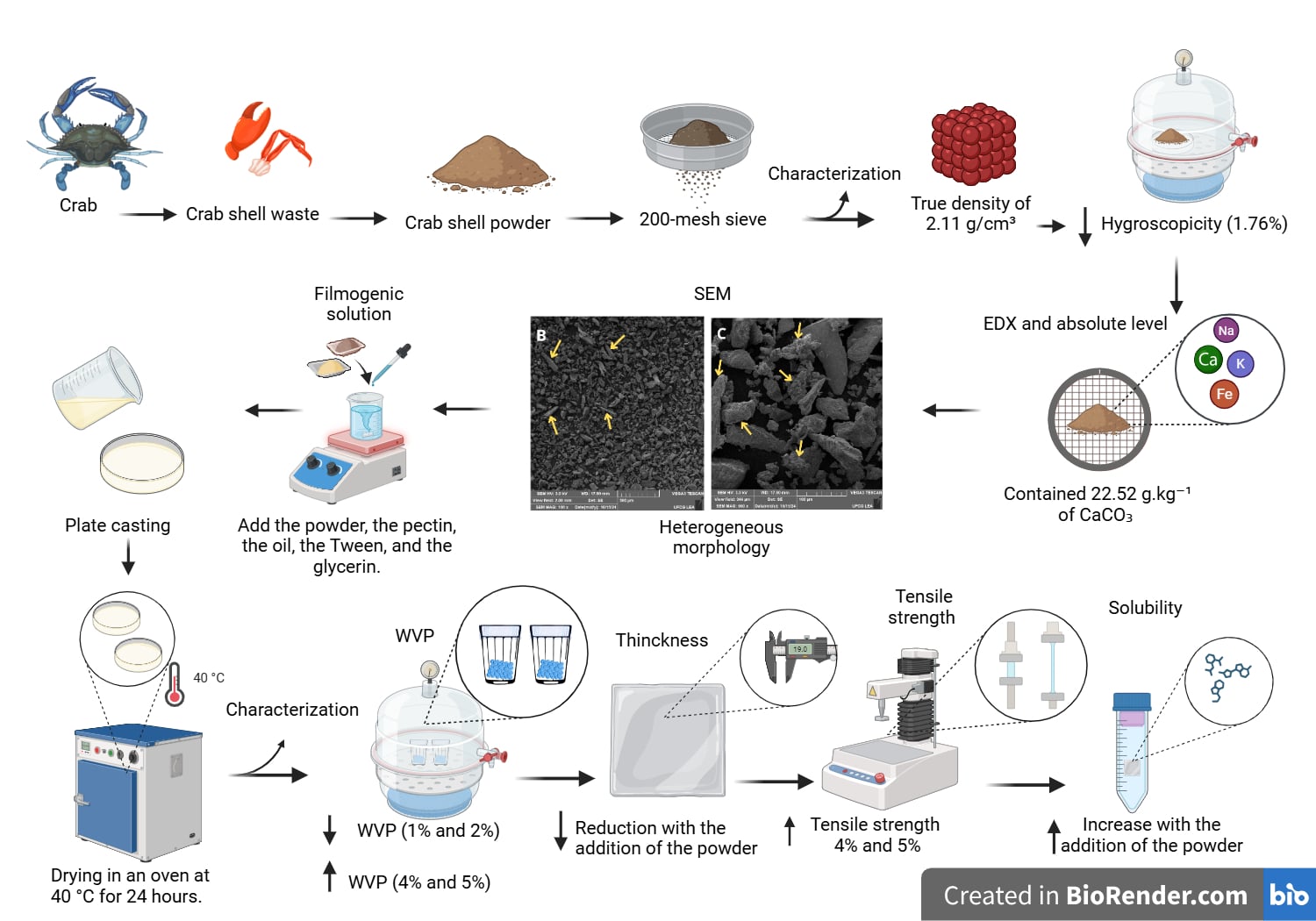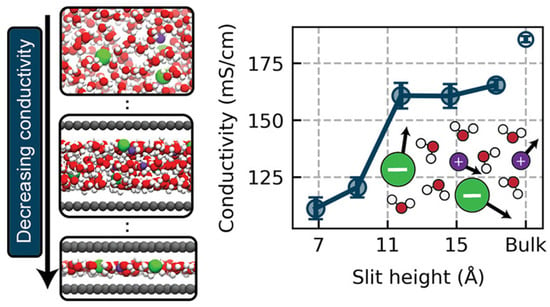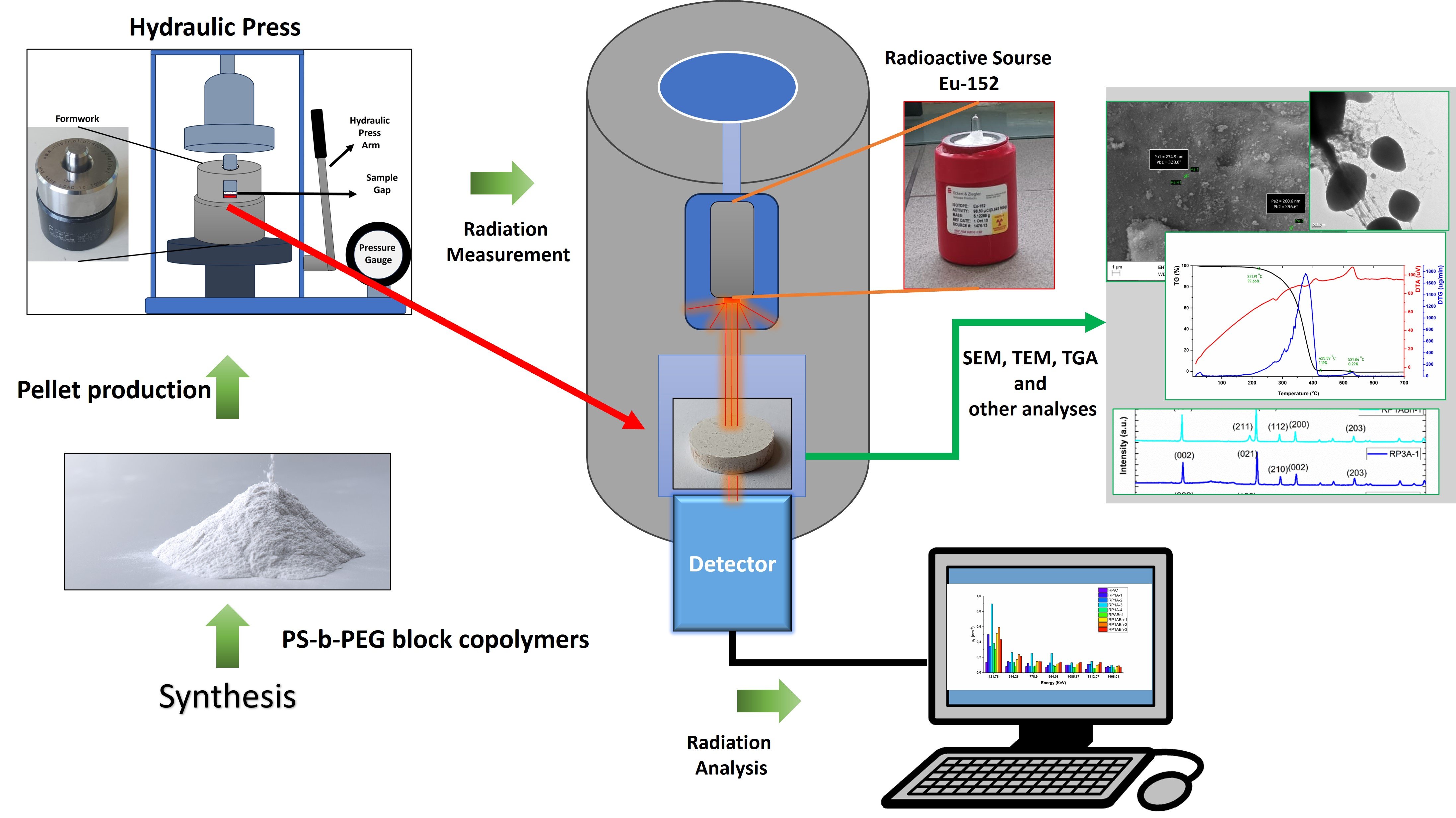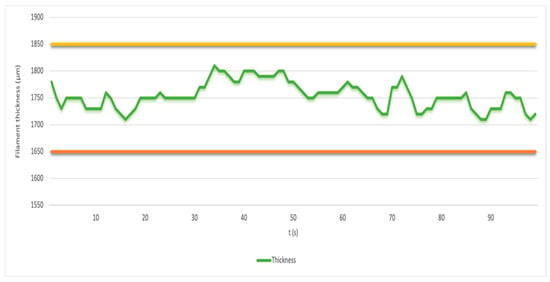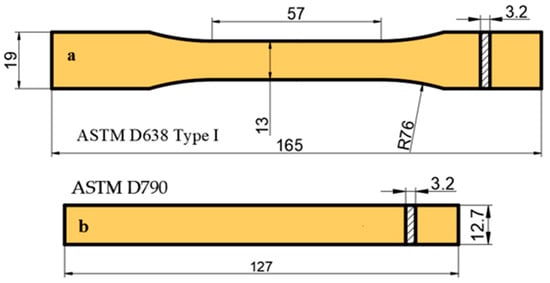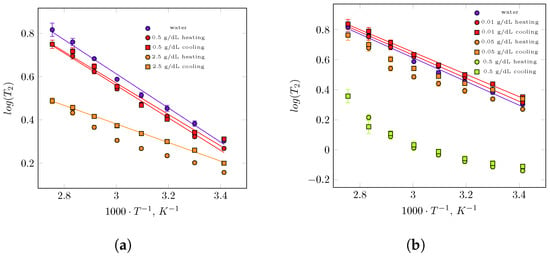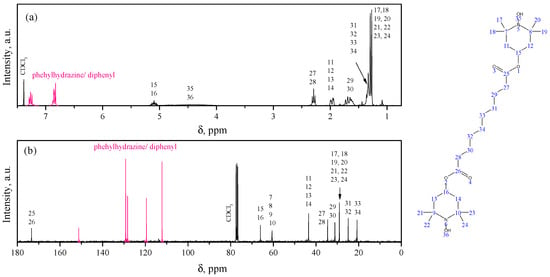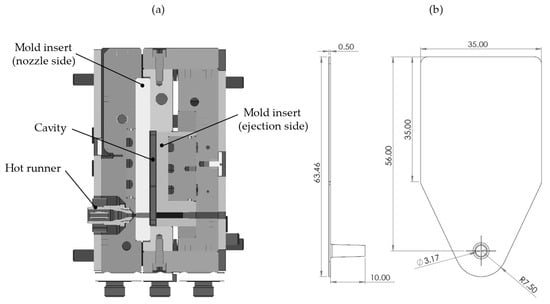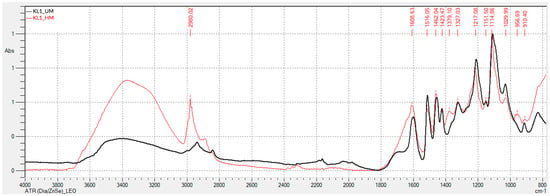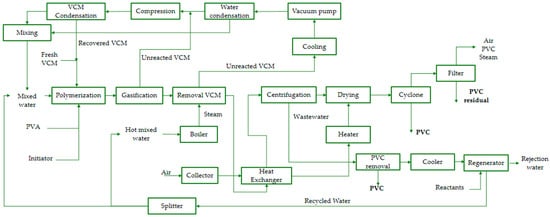-
 Eco-Friendly Membrane Separators Based on Furanoate Polymers for Li-Ion Batteries
Eco-Friendly Membrane Separators Based on Furanoate Polymers for Li-Ion Batteries -
 An Integrated Biorefinery Proof of Concept: The Synthesis of Fully Bio-Based, Functional Lignin Polyester Copolymers of Cyclic Anhydrides and Epoxides Towards Polyol Applications and Tunable Bio-Derived Materials
An Integrated Biorefinery Proof of Concept: The Synthesis of Fully Bio-Based, Functional Lignin Polyester Copolymers of Cyclic Anhydrides and Epoxides Towards Polyol Applications and Tunable Bio-Derived Materials -
 High-Detectivity Organic Photodetector with InP Quantum Dots in PTB7-Th:PC71BM Ternary Bulk Heterojunction
High-Detectivity Organic Photodetector with InP Quantum Dots in PTB7-Th:PC71BM Ternary Bulk Heterojunction
Journal Description
Polymers
- Open Access— free for readers, with article processing charges (APC) paid by authors or their institutions.
- High Visibility: indexed within Scopus, SCIE (Web of Science), Ei Compendex, PubMed, PMC, FSTA, CAPlus / SciFinder, Inspec, and other databases.
- Journal Rank: JCR - Q1 (Polymer Science) / CiteScore - Q1 (General Chemistry )
- Rapid Publication: manuscripts are peer-reviewed and a first decision is provided to authors approximately 14 days after submission; acceptance to publication is undertaken in 2.6 days (median values for papers published in this journal in the first half of 2025).
- Recognition of Reviewers: reviewers who provide timely, thorough peer-review reports receive vouchers entitling them to a discount on the APC of their next publication in MDPI journals, in appreciation of the work.
- Testimonials: See what our authors and editors say about Polymers.
- Journal Cluster of Polymer and Macromolecular Science: Polymers, Gels, Polysaccharides, Textiles, Macromol, Microplastics and Adhesives.
Latest Articles
E-Mail Alert
News
Meet Us at the Polymers 2026: Trends, Innovation and Future Conference, 25–28 June 2026, Nanjing, China
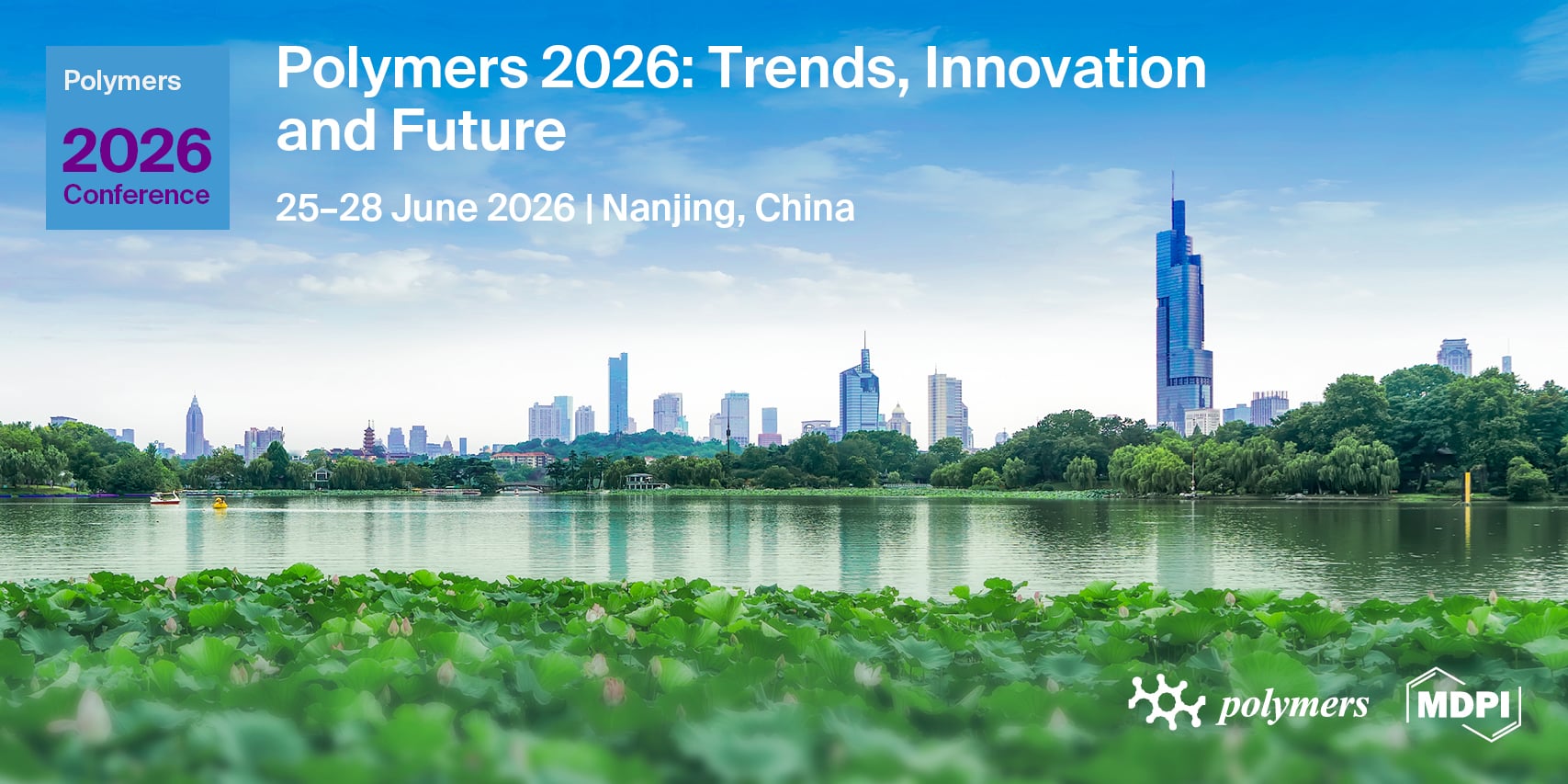
Meet Us at the 2nd International Conference on Bioengineering (BIOENG 2026)—Bioengineering in an Era of AI, 11–13 November 2026, Barcelona, Spain

Topics
Deadline: 31 December 2025
Deadline: 28 February 2026
Deadline: 30 March 2026
Deadline: 13 April 2026
Conferences
Special Issues
Deadline: 20 December 2025
Deadline: 20 December 2025
Deadline: 20 December 2025
Deadline: 20 December 2025




